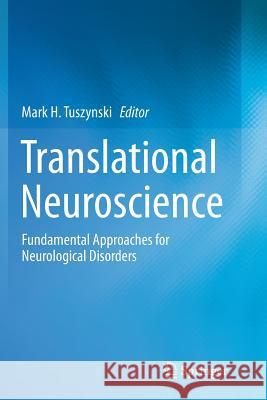Translational Neuroscience: Fundamental Approaches for Neurological Disorders » książka
topmenu
Translational Neuroscience: Fundamental Approaches for Neurological Disorders
ISBN-13: 9781493979424 / Angielski / Miękka / 2018 / 584 str.
Kategorie BISAC:
Wydawca:
Springer
Język:
Angielski
ISBN-13:
9781493979424
Rok wydania:
2018
Wydanie:
Softcover Repri
Ilość stron:
584
Waga:
0.82 kg
Wymiary:
23.39 x 15.6 x 3.1
Oprawa:
Miękka
Wolumenów:
01
Dodatkowe informacje:
Wydanie ilustrowane











